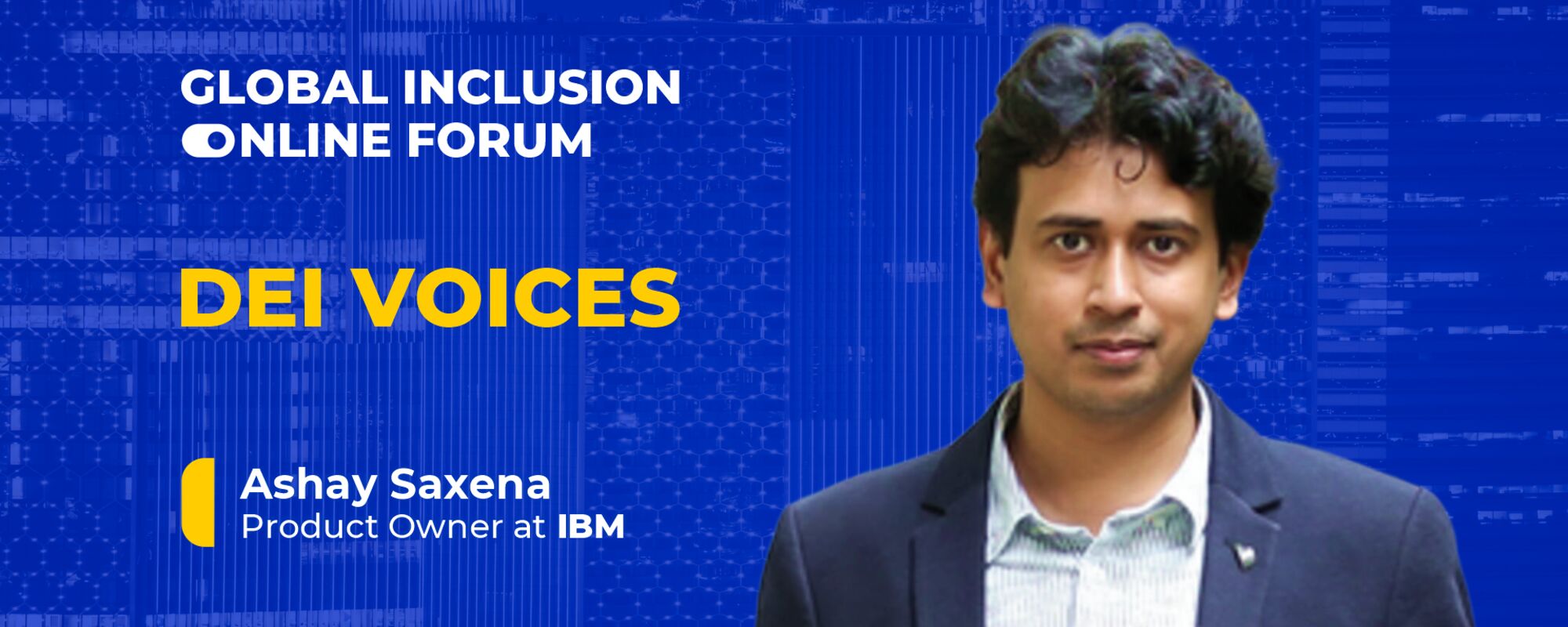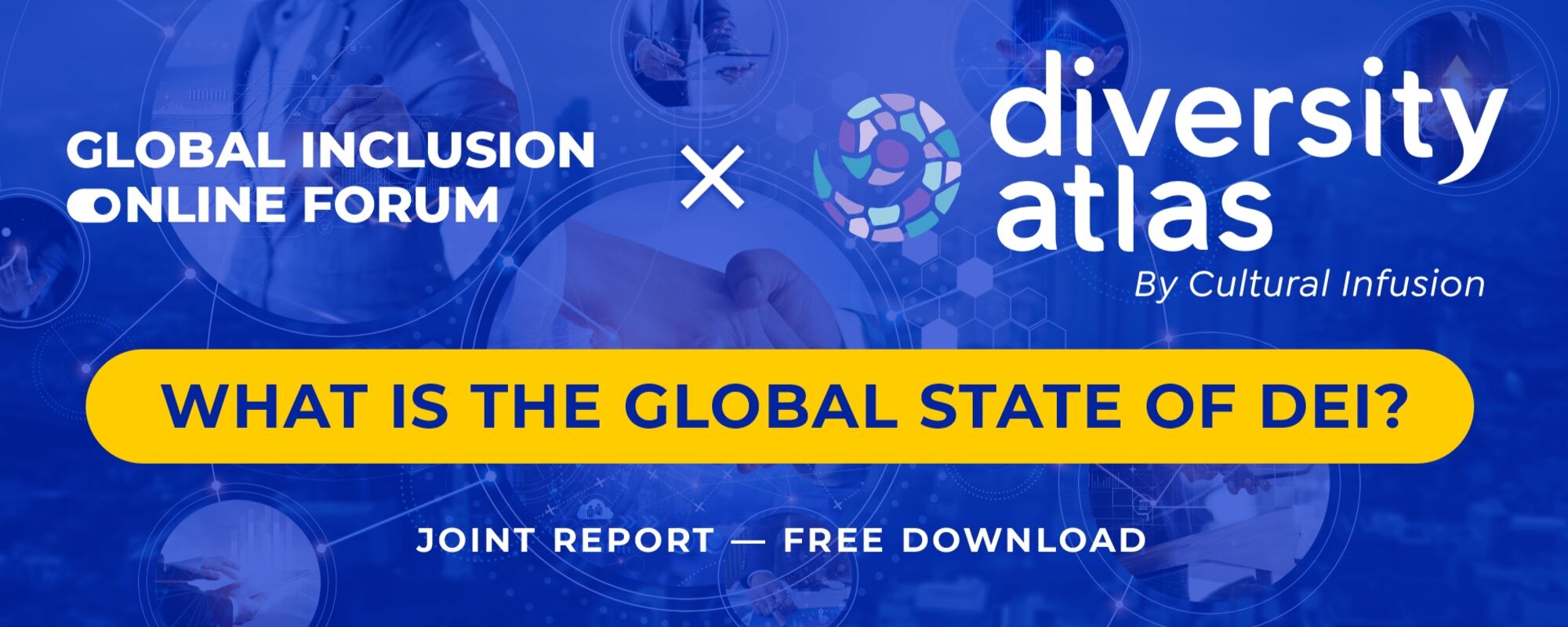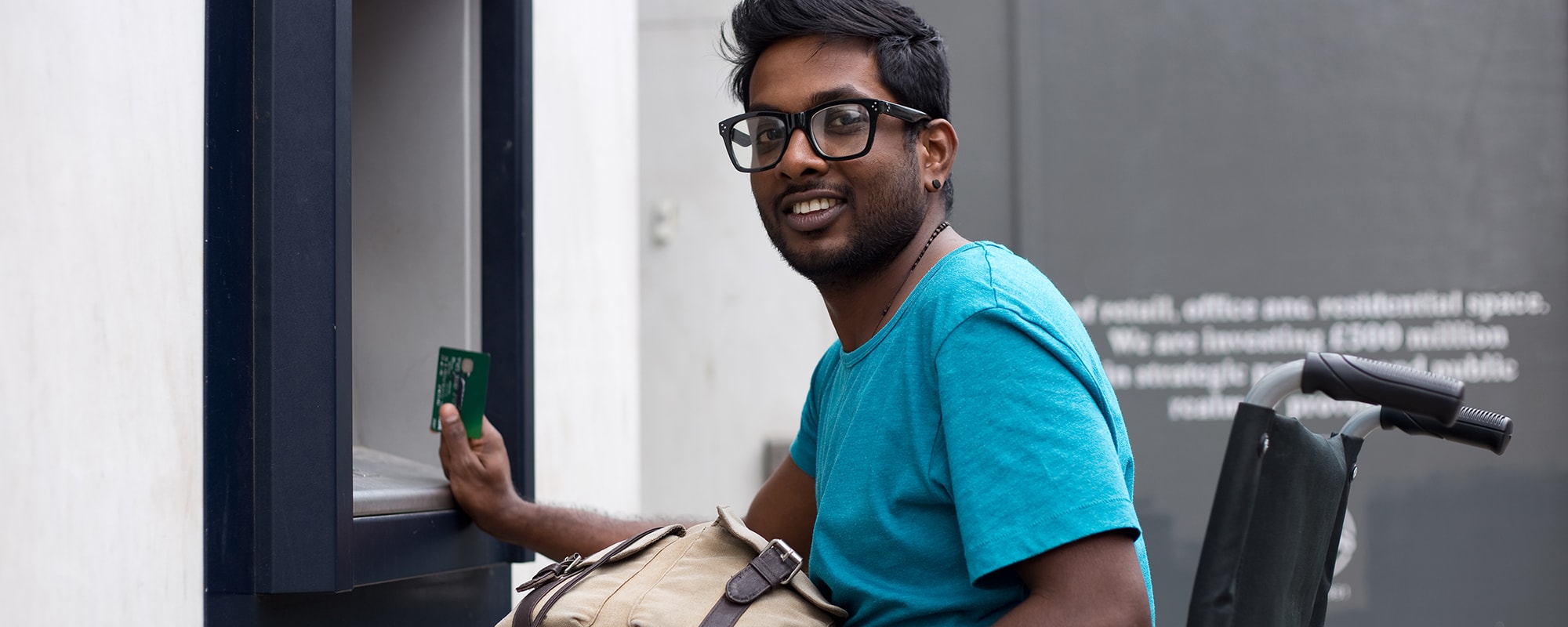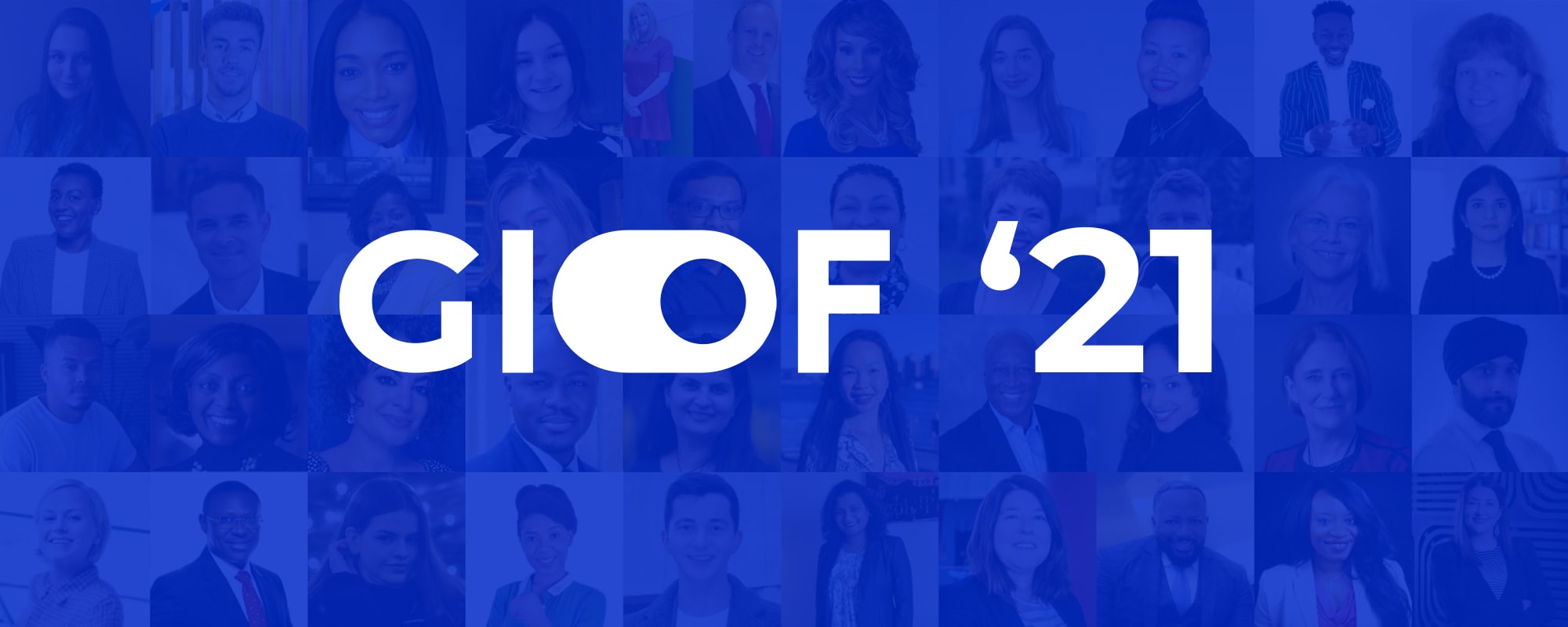DEI Voices: Dr. Ashay Saxena - Product Owner at IBM

Dr. Ashay Saxena is currently working as a Product Owner with IBM. He holds a doctorate in the field of Information Systems from the Indian Institute of Management, Bangalore. Dr. Saxena has conducted extensive research on understanding management approaches adopted by software teams to succeed with agile methodologies in a globally distributed format. He has conducted in-depth case studies at global MNCs such as Intel, GE, Mindtree and ThoughtWorks. Ashay has also delivered talks and presented research on several international forums, including Australasian Conference on Information Systems, ACM Computers & People Research Conference, Agile India, Agile Leadership Summit, India Agile Week and Software Product Management Summit.
In our latest edition of DEI Voices, we catch up with Dr. Saxena on what agile organizations need to do to embrace inclusion & how agile leaders can promote DEI from the c-suite.
Q1. What do agile organizations need to do to embrace inclusion? Can you relate to any real-life case?
Agile organizations must embrace the fact that individuals are different. Inclusion goes far beyond what meets the eye and accessibility needs. There is a need to empathize and focus on intrinsic elements such as personality traits of employees. One real life case is the distinction between introverts and extroverts. Since the pace of doing agile [management] suits extroverts, there is a need to align certain practices, especially the way meetings are conducted, to ensure introverts’ views are also being considered. All they might need is a bit of time to process ideas to come up with great and innovative solutions.
Q2. You’ve done research on “Are agile organizations really inclusive?” How do you measure inclusivity?
Inclusivity is an all-encompassing construct involving intrinsic as well as extrinsic elements. We considered the following parameters: gender identity, accessibility, race and ethnicity, socio-economic status, education, lived experiences, identity and cultural background.
Q3. Why is it crucial for agile leaders to promote DEI inside the organization? Can you tell us any examples from your experience?
Agile leaders typically promote best practices from the agile space at their organizations. However, agile ways of working are not consciously designed to create, encourage, or support diverse and inclusive teams. Nor are they consciously designed to consider diverse customer needs and build inclusivity into [early] product or service design. If the leaders blend their agile messaging with the key powerful attributes of DEI, the impact at the organizational level will be humongous.
DEI enables fostering of better ideas and a more holistic perspective on the business solutions. Our research found that having a very diverse group of people in the organization also leads to a fun working environment because there's people of a different race, different gender, different religious backgrounds, you name it. Then what you're putting into the product/solution is being represented by those people you have as part of your organization.
Q4. According to your research, there are some gaps between organizations’ way of communication and the actual implementation of the activities dedicated towards DEI. Why do you think this is an issue in agile organizations?
The primary reason is the major emphasis on monologues in the form of presentations and training delivered by coaches and leaders to drive the DEI messaging within organizations. Better workplace conditions can only be created if deliberate action is taken by organizations, coaches, leaders, and the like to address exclusion and inequality in agile spaces. This includes seeking to actively engage diverse demographics in the workplace, ensuring representation for marginalized people, and creating opportunities for all employees to engage positively with agile transformations and training.
Q5. Which diversity case was the most memorable in your practice?
The most memorable one has to be when a first-generation immigrant from Asia, a [single] working mother, managed to find her groove in a scrum master role at a global organization in the USA. The organization nurtured inclusivity and ensured that she was able to adapt and actively contribute in a fun but productive work environment.
Did you enjoy reading the article? Stay tuned to our website, and social media pages for more articles as we continue to speak to fellow DEI practitioners, and advocates from around the globe! #DEIVoices #GlobalInclusionOnlineForum

 Blind Hiring Summit: Embracing the New Age of HR
Blind Hiring Summit: Embracing the New Age of HR DEI Data Summit
DEI Data Summit Diversity Fatigue Summit
Diversity Fatigue Summit GIOF 2022 Annual Meeting
GIOF 2022 Annual Meeting Banking for everyone: Arising accessibility trends in banking and financial services
Banking for everyone: Arising accessibility trends in banking and financial services GIOF 2021
GIOF 2021 GIOF 2020
GIOF 2020